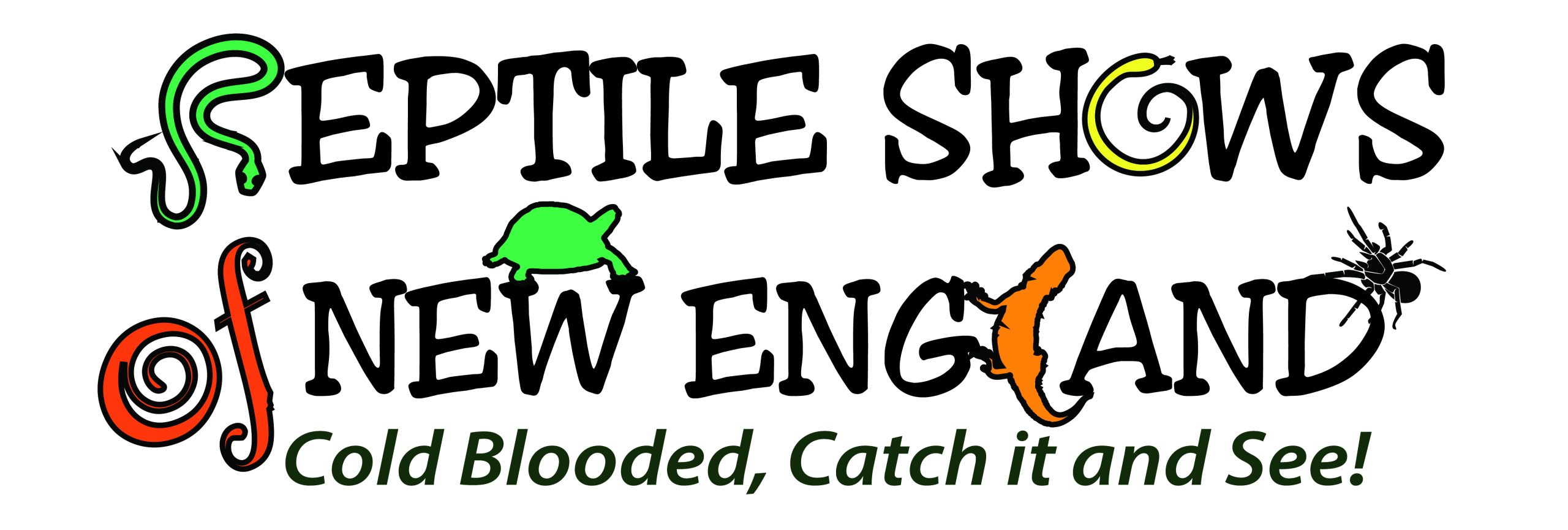Bearded Dragon Care & Information
Bearded Dragon (Pogona vitticeps)
Bearded dragons are among the most popular and favorite pet lizards. They are hardy and alert for the most part especially during feeding time. They come in a wide variety of sizes and colors and are known for the amazing display of their beard what makes an appearance when they are stressed, afraid or in an aggressive state.
For the experienced reptile keeper
Docile temperament, when cared for properly
life span on average is about 10+ years with proper care
Owning a bearded dragon will bring many years of joy and curiosity. They are wonderful animals, and make for excellent pets. They are naturally curious and amusing, and just as caring and interesting as a feline or canine. But owning a dragon isn’t common, and knowing how to start your bearded dragon care is challenging due to how uncommon they are. Read more here
- Solitary: Make sure to never keep more than one bearded dragon in the same vivarium. This is because bearded dragons are solitary animals, meaning they prefer to be alone. Placing multiple bearded dragons in the same vivarium enclosure can lead to the death or injury of your bearded dragon(s). Do not take the chance.
- Temperature: The right Bearded Dragon temperature is crucial for your bearded dragon’s digestion. Baby bearded dragons should have a basking area with a temperature that ranges from 105° F to 110°F. As your bearded dragon ages, the basking temperatures should decrease to ranges between 100°F to 105°F. Temperatures should never be below 98°F, as this could lead to digestive issues for your dragon. And during the night, the temperature range should decrease further to about 70° F to 75°F
- Humidity: Make sure to check the humidity levels in your bearded dragons vivarium. They require low humidity levels at a range of 20% to 40%. If the humidity levels are too low, it can cause dehydration and shedding. If the humidity levels become too high, it can cause upper respiratory issues and infections for your dragon. And as stated above, it is not necessary to get a reptile fogger. And it can actually cause harm for your beloved bearded dragon.
Vivarium: Adult bearded dragons require 40 gallon vivarium tanks or larger. It is recommended to buy a large tank for initial set-up, as your bearded dragon will eventually become adult sized. (Read full article information from the Critter Depot here)
What Type of Lighting Do Bearded Dragons Need?
Basking spot: A large/medium sized rock or log that retains heat.
Hide: A medium/large cave, log or shelter where your bearded dragon will be able to relax. It’s best to wait a couple of weeks before placing the cave into the vivarium. If you do it too quickly, your dragon may use the cave to hide instead of acclimating to his new home.
Basking lamp: A UV light/lamp or bright white light bulb. Do not use coated and colored bulbs, as it may not be suitable for your bearded dragon. For baby dragons, the basking area needs to remain between 105° F and 110° F. For an older dragon, the basking area should remain between 100°F to 105°F. Make sure your bulb is able to adjust to that temperature level.
Reptile basking light dome: The dome will be used to house the basking lamp/light. Make sure your bearded dragon cannot get a hold of the light, as it can cause burns.
Reptile Heat Mat: This is an alternative to the basking lamp. The reptile heat mat will need to be placed beneath the reptile tank. But it should only cover 1 side, leaving the otherside unaffected by the heat mat incase the bearded dragon needs to cool down.
Correct lighting is an important aspect of your bearded dragon’s care. Here are a couple types of light you can use to care for your bearded dragon:
- Fluorescent tube UVB: This type of light is highly recommended. It is your dragons best option, and does not need to be changed very often. At most, your tube should be changed out every 5 to 6 months. Experienced dragon keepers recommend the ReptiSun 10.0 tube UVB and the Arcadia 12% tube UVB. The purchase of one bulb will work well for your dragon. Both tubes can be bought online or in pet stores.
- Mercury vapor bulb (MVB): This bulb is another option recommended by experienced dragon keepers. This type of bulb should normally be placed about 12 to 18 inches above your dragons basking spot to ensure safety. Also, never use a mercury vapor bulb in vivariums smaller than 40 gallons. The high intensity of light and heat can pose as a danger to your dragon is placed too close.
Substrate: There are many viable substrate options for your bearded dragon. But there are also bearded dragon substrates that should not be used.
Safe Bearded Dragon Substrates
- #1 Glass tank: Glass tanks are readily available at the majority of pet stores. There are many sizes, but a medium/large sized tank of at least 20 gallons long is recommended for a baby dragon. For a larger adult bearded dragon, a 40 gallon long tank is highly recommended for easy mobility.
- #2 Reptile rack: If you purchased your bearded dragon for breeding purposes, the reptile rack is perfect for your vivarium. Racks can get a bit pricey, but they do come in a variety of sizes and is a viable option if you own more than one reptile.
- #3 Slate tile: Slate ceramic tile is a highly recommended substrate for a bearded dragon. It is cost effective because only one set of tiles need to be purchased, as long as frequently clean your bearded dragons house, and you don’t break the tile. It is easy to clean, and due to the tiles hard surface, it has the ability to naturally trim your dragons nails, as well as tone its muscles. Ceramic tiles can be bought at any hardware store, which makes it a convenient substrate to find
- #4 Paper towel/newspaper: This type of substrate is easy to obtain. You can basically go to any supermarket or recycle center to pick up newspapers that are outdated. The vendor may even give it to you for free. Paper towels are cheap, and can be bought at any supermarket or store. They are both absorbent, and easily replaceable.
The good and the bad are detailed on the Critter Depot website.
Food: Proper bearded dragon care requires lots of greens and proteins. All feeder insects must be gut-loaded, which means they must be fed nutritious foods for 24 to 48 hours before offered to your bearded dragon. Here is a list of major feeder insects that your dragon would love:
- Crickets: Crickets are a commonly used feeder. They are cheap, available at most insect/pet stores and are a good source of protein. Be sure you are able to maintain them though, because crickets can easily be noisy, smelly aggressive and experts at escaping from the enclosure. Also, make sure you remove all leftover crickets immediately after a feed, as they can become bite your bearded dragon, which can lead to infections.
- Dubia Roaches:Dubia roaches are large tropical roaches that come in a variety of sizes. They are considered a favorite among experienced bearded dragon keepers and are much higher in protein compared to crickets. They breed easily, so if you can maintain these roaches, they could make for a cost-effective feed, as you won’t have to purchase very many to start a colony. They are not noisy, nor are they aggressive.
- Black soldier fly larvae: This larvae develops into calci-worms, reptiworms, and phoenix worms. They are easy to maintain, and do not require feeding. They are great feeders for your bearded dragons as they are high in calcium, and are best for baby dragons, as well as juvenile dragons. They are very small, and can be expensive compared to other types of insect feeders.
- Silkworms: Silkworks are considered the healthiest option of worms, and are an extremely nutritious insect feeder for your bearded dragon. But, they are expensive, difficult to breed and can be difficult to maintain.
- Waxworms and Butterworms: These worms are considered to be a great treat for bearded dragons, but are too high in fat, so try not to make it a common insect feeder for your dragon.
- Hornworms: Hornworms are perfect as a supplement to your bearded dragons routine diet. Mostly because they are made mostly of water weight, which means they are not as nutritious and fatty as other worms. They are a good source of water if your dragon ever has hydration issues.
- Superworms: Superworms are best for bearded dragons over 16 inches in length. This is because they have a shell that could cause impaction for smaller or younger dragons that do not know how to properly feed on them. Superworms are primarily composed of more fat than other worms, so be sure to monitor your bearded dragon, so that she does not become overweight.
- Other foods: Greens should also be available at all times in your dragons vivarium.
Vegetables
Bearded dragons will need their greens chopped up. The smaller the reptile the more finely chopped. A good mix of vegetables for these lizards are raw shredded carrots, collard greens, dandelion greens, mustard greens, kale, and frozen vegetables like carrots, peas, and beans.
You should avoid spinach and broccoli because too much can be harmful. They also like green leaf and romaine lettuce but these should be used sparingly due to the limited nutritional value.
Vegetables should be fed to your animal daily. All these foods are easily attained in the produce section of your local grocery store.
(Read full article information from the Critter Depot here)







